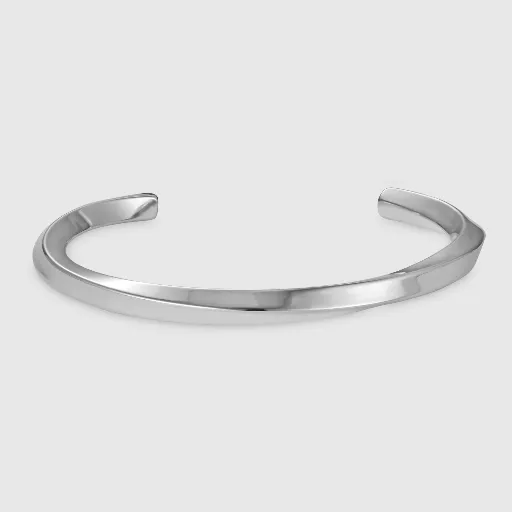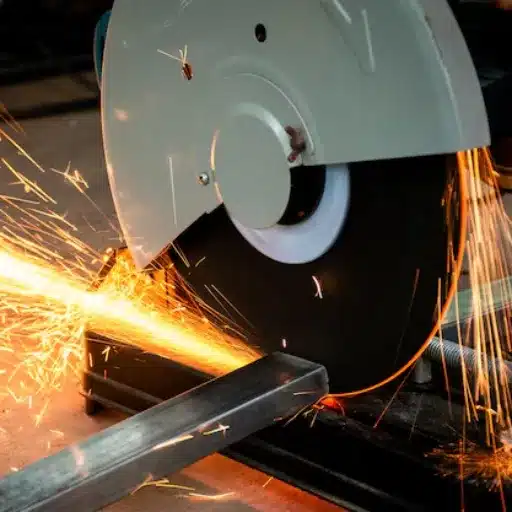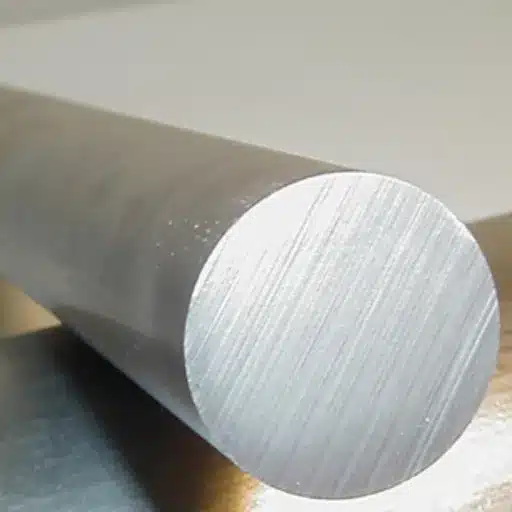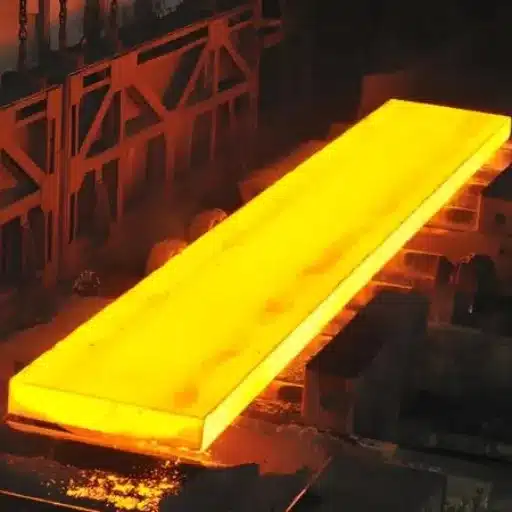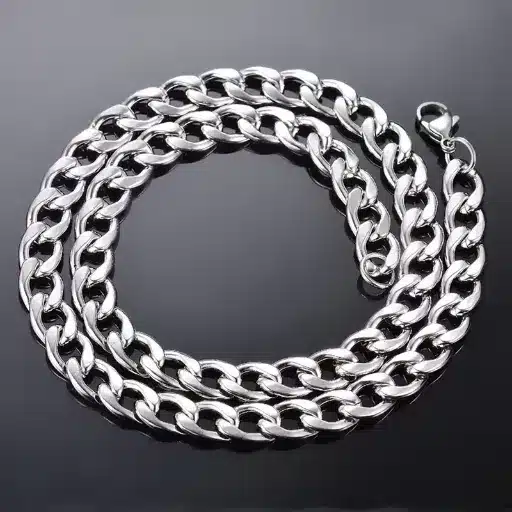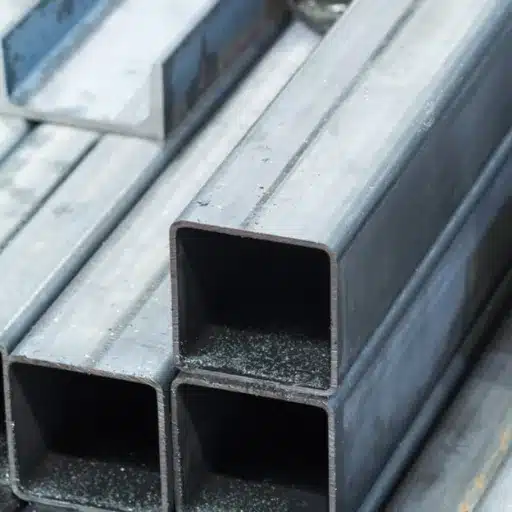Selecting the appropriate stainless steel kind for the task at hand is no less a decision than ever. There are many different grades to choose from, which can easily make it confusing. Among the most popular and frequently compared stainless steels are 410 and 304 grades. Although both contain high sheet resistance and are corrosion-resistant, their features and capabilities make them ideal for specific areas. The following article explains the differences between 410 and 304 stainless steel and how each affects the choice of either material in case one is needed. Each of these materials is used in various industries, including building construction, lighting, and cooking equipment, among others. However, they will also be unable to assess the issues of performance, affordability, and durability from the user’s perspective. Do not waste your time; learn what it means to compare 410 with 304 and which one could fit into your activity.
Overview of Stainless Steels
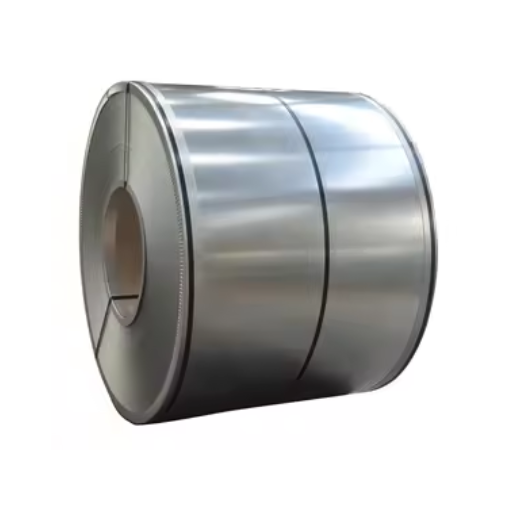
To begin with, there is a family of steel alloys known as stainless steel. These alloys have been enhanced in their ability to resist corrosion, as they contain iron but with sufficient amounts of chromium as one of their constituents. The minimum content of chromium in these steels is 10.5%, and this chromium makes the oxide film on the steel, which helps protect it from rusting and provides a good service life at the same time. These types of steel have extensive applications, given their notable toughness, anti-corrosive properties, and low maintenance requirements. The various categories of stainless steels available include martensitic, austenitic, ferritic, and duplex stainless steels, which are designed for different purposes depending on the specific requirements, as each category has distinct characteristics.
What is Stainless Steel?
Alloyed steel is mainly made of iron and chromium, a few other elements, such as nickel, reduce the hardening of the element, and molybdenum increases the hardening of the component, such as ferrous chromic supplement, nitrogen addition, or reduction to enhance its mechanical properties as well as its resistance to stain or rust.
Classification of Stainless Steels
| Type | Structure | Key Properties | Common Applications |
|---|---|---|---|
| Austenitic | Face-centered cubic | Excellent corrosion resistance, weldability | Cookware, pressure vessels, exhaust systems |
| Ferritic | Body-centered cubic | Magnetic, good corrosion resistance | Kitchen sinks, automotive parts |
| Martensitic | Body-centered tetragonal | High strength, wear resistance, magnetic | Knives, medical tools, jet engines |
| Duplex | Mixed FCC & BCC | High strength, excellent corrosion resistance | Oil & gas, seawater plants |
| Precipitation-Hardening | FCC or BCC with particles | High strength, corrosion resistance | Aerospace, marine, medical components |
Introduction to 400 and 300 Series
| Series | Structure | Key Properties | Common Applications |
|---|---|---|---|
| 300 Series | Austenitic (FCC) | Excellent corrosion resistance, non-magnetic | Cookware, pressure vessels, medical tools |
| 400 Series | Ferritic/Martensitic (BCC/BCT) | Magnetic, moderate corrosion resistance | Automotive parts, cutlery, kitchen sinks |
Key Differences Between 410 and 304 Stainless Steel
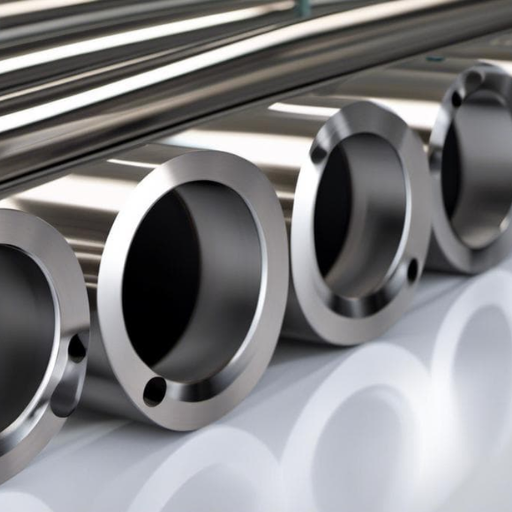
| Parameter | 410 Stainless Steel | 304 Stainless Steel |
|---|---|---|
| Composition | 13% Chromium, 0.15% Carbon | 18% Chromium, 8% Nickel |
| Corrosion Resistance | Moderate, suitable for mild environments | Excellent, suitable for harsh environments |
| Strength | High, can be heat-treated | Moderate, not heat-treatable |
| Magnetism | Magnetic | Non-magnetic |
| Temperature Resistance | Up to 900°C (1650°F) | Up to 870°C (1600°F) |
| Applications | Blades, valves, automotive parts | Cookware, medical tools, food processing |
| Cost | Lower cost | Higher cost |
Composition of 410 and 304 Stainless Steel
410 Stainless Steel
410 stainless steel, on the other hand, is a martensitic type of steel that predominantly contains iron, chromium, and other added elements. Its particular chemistry contains almost 11.5–13.5% chrome, not more than 1% carbon, with manganese, sodium, phosphorus, and sulfur in prescribed proportions. A distinguishing property of 410 stainless steel is its high carbon content, which enhances its intensity as well as its corrosion resistance, but at the expense of formability and weldability. This alloy can be heat-treated, making it suitable for materials that require high hardness and wear resistance, such as knives and turbine components.
304 Stainless Steel
This type is austenitic, that is, an alloy of a non-ferrous nature used in places where asbestos concentrations are high and where excellent corrosion resistance to distributed acids is not desired. It typically contains 18-20 percent chromium, 8-10.5 percent nickel, up to 2 percent manganese, and less than 0.08 percent carbon. It has always been known for containing slight quantities of sulfur and phosphorus to support the structure. 304 contains excess amounts of these two elements, and as a result, it does not rust or oxidize for quite a while, even when used as cooking ware or cutlery, which is a huge plus. In contrast to 410, hardening of 304 steels is achieved through cold working, rather than heat treatment, and therefore, forming and welding this steel is highly favorable.
Key Differentiators in Composition
The primary differences are in terms of nickel and carbon content. 304 contains more nickel, which is essential in promoting corrosion resistance as well as ductility, while lowering the carbon content to prevent potential carbide formation at weld joints. On the other hand, 410 exhibits a high carbon content, which lends it strength and wear resistance. However, when it comes to corrosion, steel cannot be used in hostile, corrosive environments. Due to the additional alloy metal additions, each has specific applications in both industrial and commercial settings.
Mechanical Properties Comparison
To assess the mechanical performance of 304 vs. 410 stainless steel, several key dynamics are considered. Below is an in-depth analysis or a comparison of five main mechanical properties.
- Tensile Strength Limit
- 304 Stainless Steel: Limit lies within 505 MPa (megapascal)
- 410 Stainless Steel: The yield strength is 480 MPa in the annealed state and exceeds 700 MPa in the hardened state.
- Yield Strength Limit
- 304 Stainless Steel: Is about 215 MPa
- 410 Stainless Steel: About 275 MPa when annealed and much higher if heat treated.
- Hardness
- 304 Stainless Steel: Typically registers in the range of 70 to 90 RHB (Rockwell B Hardness) scale.
- 410 Stainless Steel: Achieves as high as about 40 Hardness Rockwell ‘C’ scale in hard state.
- Elongation at Break
- AISI 304: Exhibits twenty-five percent elongation at failure; therefore, it is more malleable.
- AISI 410: Reduced elongation, about twenty percent in the annealed state, which causes less flexibility.
- Toughness Test
- 304 Stainless Steel: Great impact property even in icy conditions.
- 410 Stainless Steel: Under challenging conditions, the steel becomes hard as well, but it is less resistant to impact.
These differences in mechanical properties explain why 304 stainless steel can be used for various functions, whereas 410 stainless steel is more suitable for specific applications where strength and hardness are highly desired.
Corrosion Resistance: 410 vs 304
| Parameter | 410 Stainless Steel | 304 Stainless Steel |
|---|---|---|
| Chromium Content | 13% | 18% |
| Nickel Content | 0.5% | 8% |
| Corrosion Resistance | Moderate, suitable for mild environments | Excellent, suitable for harsh environments |
| Resistance to Chemicals | Limited | High resistance to acids and chemicals |
| Saltwater Resistance | Poor | Good |
| Protective Layer | Forms but less durable | Forms a strong, self-healing layer |
| Applications | Valves, blades, mild corrosive areas | Food processing, marine, and medical tools |
Advantages of 410 Stainless Steel
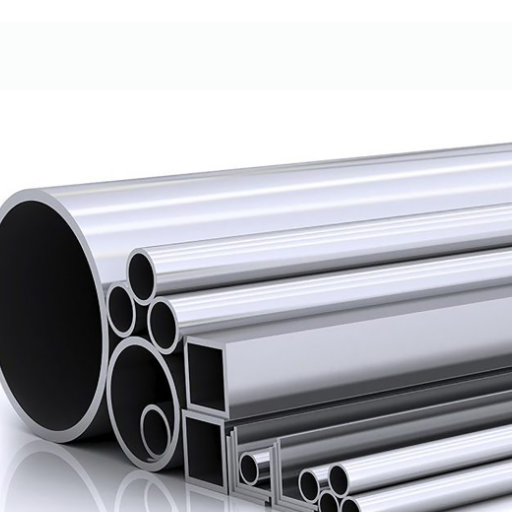
| Parameter | Advantage |
|---|---|
| Strength | High strength, can be heat-treated |
| Hardness | Excellent hardness after heat treatment |
| Corrosion Resistance | Moderate, suitable for mild environments |
| Temperature Resistance | It withstands up to 900°C (1650°F) |
| Magnetism | Magnetic properties |
| Machinability | Good machinability due to higher sulfur |
| Cost | Lower cost compared to austenitic grades |
| Applications | Ideal for blades, valves, and fasteners |
Strength and Hardness
The various useful applications of 410 stainless steel stem come from its high-performance levels, which are especially evident in its strength and hardness. Here are a few points regarding other characteristics of steel X15CRMOV:
Tensile Strength
- The ultimate tensile strength (also known as UTS) depends on specific applications and ranges from 480 MPa to 800 MPa.
Hardness (Rockwell C)
- The material can be treated to increase the hardness of the workpiece from 35 HRC to 50 HRC, thereby providing high wear-resistant properties to the material where needed.
Yield Strength
- Is predominantly between 275 MPa and 600 MPa, as lower or near-zero values would result in plastic deformation of the material.
Impact Resistance
- Charpy data provides average values under tool conditions, but the balance of hardness with impact strength can be achieved through heat treatment, which helps limit brittle fracture in the steel.
Heat-Treatable Properties
- This is possible because 410 stainless steel is essentially a martensitic stainless steel,, which can be fully hardened and tempered to meet specific applications.
Due to these advantages, 410 vs 304 stainless steel finds use in many sectors, including construction, automobiles, and general manufacturing industries.
Cost-Effectiveness for Specific Applications
Although I would prefer more corrosion-resistant alloys, for an affordable middle-range alloy, 410 stainless steel is better compared to 304 in some applications. Because of its ability to be hardened by heat treatment, it should be used in such applications that should be durable, malleable, and corrosion resistant, such as building construction and manufacturing, and thus very cost-efficient.
Best Applications for 410 Stainless Steel
- Dinnerware and Cooking Instruments
Most table cutlery, including knives, forks, and spoons, is made of 410 stainless steel due to its good corrosion resistance and retention of sharp edges even after heat treatment. Additionally, it is cheaper and is used for the mass production of kitchen equipment, which is a significant advantage.
- Blades and Saw Blades
Due to its high mechanical properties and resistance to wear, 410 stainless steel is ideal for manufacturing knives and saws in various industries. The material becomes extremely hard after heat treatment, making it suitable for tough industrial operations involving cutting wood or processing of metals.
- Components of Pumps and Valves
Pump shafts, valve components, and fittings are typically found with 410 stainless steel since it can resist corrosion in less harmful environments. Moreover, its alloy can withstand high-pressure water,, which proves to be economical in industrial and mechanical engineering contexts.
- Parts of Vehicles
410 stainless steel is used in the manufacture of specific automotive parts, namely the exhaust systems, fasteners, or brackets. Its high-temperature capability and anti-oxidation properties further enhance its suitability for cost-effective automotive applications that require longevity.
- These include bolts, screws, and fasteners.
Many of these items are specifically designed using 410 stainless steel. This is because they require corrosion resistance and strength, which for most environments is compromised by light wetting or moisture,, such as in construction or assembly equipment.
Advantages of 304 Stainless Steel
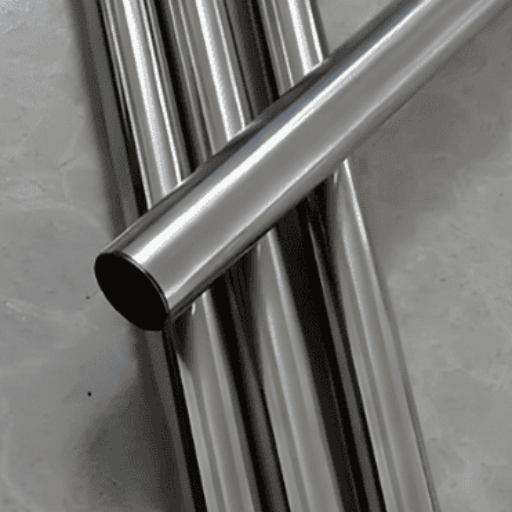
| Parameter | Advantage |
|---|---|
| Corrosion Resistance | Excellent, suitable for harsh environments |
| Chemical Resistance | High resistance to acids and chemicals |
| Temperature Resistance | It withstands up to 870°C (1600°F) |
| Formability | Excellent formability and weldability |
| Durability | High toughness and durability |
| Non-Magnetic | Non-magnetic in the annealed condition |
| Hygiene | Easy to clean, ideal for food applications |
| Applications | Widely used in cookware, medical tools |
Superior Corrosion Resistance
Stainless steel 304 is perceived as the more corrosive-resistant material. It is one of the most widely used steel grades in various fields of application. It achieves effective resistance to oxidation and corrosion because it contains appreciable amounts of chromium and nickel, at 18-20% and 8-10.5%, respectively, which form a protective layer over the steel against oxidation and chemical attacks. Also, the addition of manganese and silica further enhances its toughness in harsh environments.
The recent research and experiences in practice demonstrate that 304 stainless steel can be used in saltwater applications, as well as various food applications and chemical plants, where it is necessary to use corrosion-resistant equipment. For example, it can tolerate up to 200 ppm chloride concentration in aqueous solutions with no substantial pitting or corrosion in contrast to non-stainless grades. This property helps in making kitchen equipment, medical equipment, and piping systems that are inherently exposed to salt.
In principl,e when hot dip sandling steels, resistance to corrosion remains because 304 stainless steels maintain the stable condition up to the temperatures of 1600 degrees fahrenheit where heat service is very high. In comparison with other types of stainless steels, such as 410 vs. 304, the latter significantly outlasts the former in acidic or slightly alkaline environments, which in turn benefits end users and the industries involved, as the cost of maintenance is minimized while productivity is increased. Such aspects make it usable, longitudinally, in inevitability sectors.
Versatility in Applications
I believe that grade 304 stainless steel is highly utilitarian because it has very high corrosion resistance and is durable. I have observed it used in various fields, including food processing machinery, kitchenware, chemical tanks, and building exteriors, among others. There are quite a few applications it cannot sustain. Hence, 304 is used in industry and households.
Common Uses of 304 Stainless Steel
The 304 stainless steel is highly appreciated for its strength, corrosion resistance, and affordable price. Therefore, it is one of the most common materials around the world. Here are five examples of the most popular applications, with an explanation of each:
Cookware and Cooking Utensils
From kitchen appliances to kitchenware, 304 stainless steel is found in the kitchen. This is because it does not rust and can remain germ-free in a condition suitable for use with food.
Food Grade Storage and Tanks
Tanks, containers, vessels and pipes for the food and drinks industries are typically constructed with 304 stainless steel. The metal can withstand acidic as well as wet environmental conditions found in the food and beverage industry.
Home Decor Elements
For its modern look, finishes, and fingerprints, 304 stainless steel is mainly used for cladding, balusters, and dress frames of modern buildings. Due to its characteristics, it will not lose its luster after weather fluctuations.
Etching and Welding Overlays
For the fabrication of various chemical industry equipment, such as tanks, valves, and incinerators, 304 stainless steel is the most commonly used material due to its resistance to corrosion, which is necessary to maintain operational quality.
Airframe and Powerplant Structure
Profiling elements, heat exchangers, and other structural elements are produced from 304 stainless steel due to its high strength-to-weight ratio at high temperatures.
Uses beautifully illustrate the tremendous flexibility and relevance of the 304 stainless steel in many industrial applications.
Real-World Applications and Examples
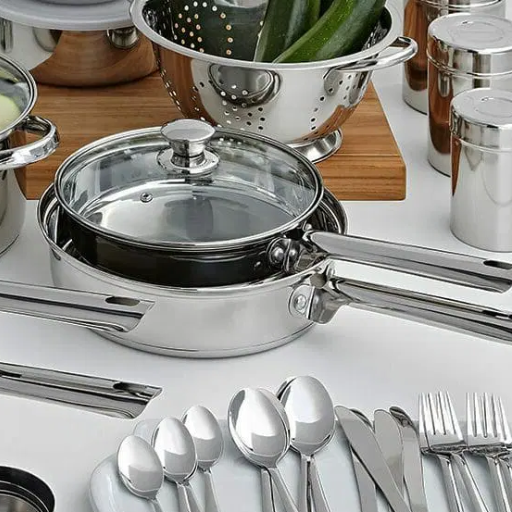
- Food Processing Equipment
Due to its exceptional corrosion resistance, 304 stainless steel is widely used in commercial kitchens, the brewing industry, and the dairy industry. It also finds everyday use in countertops, sinks, and other food-grade storage equipment, such as storage tanks, due to its ease of sanitization.
- Medical Devices
The manufacture of surgical tools, orthopedic implants, and hospital equipment often employs 304 stainless steel, as it does not readily react with the human body and can be sterilized.
- Architectural Features
Decorative structures, such as building facades, rails, and ornamental accessories, are primarily made of 304 stainless steel due to its attractive appearance and weather resistance qualities.
These struggles are useful and specifically apply this steel to its practical applications.
For example, the tensile stress of 304 Stainless steel compared to that of 410 stainless steel is statistically insignificant.
Industries Utilizing 410 Stainless Steel
- Aerospace Sector
Various turbine blades, screws, and springs in the aeronautical industry are made from 410 stainless steel because of its exceptional strength and ability to resist temperature changes. Its ability to endure mechanical stress enhances its suitability for such delicate parts.
- Automotive Field
The use of this steel in manufacturing components such as exhaust systems, pump shafts, and valves is widespread. This property is fundamental to any part that must withstand wear and tear, as well as high temperatures or corrosive surroundings.
- Oil and Gas Field
In the oil drilling industry, 410 stainless steel is used to manufacture pipelines, valves, and drilling tools. Its non-rusting characteristics in hostile environmental conditions, e.g., offshore oil rigs, ensure the lifespan of operations and equipment.
- Cutlery and Kitchen Devices
Cutters, as well as other kitchen utensils, are made of 410 stainless steel, a widely used material. It possesses high hardness and strength, which is suitable for purpose, particularly in cutting devices used for sharp tasks.
- Power Plant Operations
Elements such as the steam turbine blades of an electric power-generating device and fuel injection parts are constructed using 410 stainless steel. In power plants, where sustained stress and high temperatures are required for optimal performance, the metal proves very effective.
If we compare 410 vs 304 stainless steel, one exhibits higher strength and hardness properties, whereas the other has higher ductility, albeit to a lesser extent.
Industries Utilizing 304 Stainless Steel
Among the types of stainless steel, 304 typically holds the top position in the hierarchy. It is a steel product that is known for its very high corrosion resistance, chromaticity, and ease of fabrication. These properties make this type of steel suitable for several industries, including the following five.
Food and Beverage Industry
They are also made of stainless steel 304 grade,, as well as food processing equipment, tanks, and kitchen utensils. Its corrosion resistance maintains hygiene and meets high standards of food safety.
Pharmaceutical Industry
Storage tanks, reactors, mixers, and other processing equipment containing juices and syrups, as well as glass vessels placed outside the periphery of the fume hood, and piping – all these elements utilize 304 removable steel for fabrication. They have unreactive surfaces and seamless sterilization, which helps preserve the purity of the production.
Construction Industry
One of these is the construction industry, where it is mainly utilized in forming a wide range of structural elements such as beam columns, barricades, and curtain walls. Its ability to resist ambient conditions makes it particularly useful in exterior applications.
Chemical Processing Industry
More than traditional and straightforward items such as chemical vessels, heat exchangers or pipelines, 304 includes items that can withstand different acids without destructive corrosion or degradation. Therefore, long-term use of such ships is ensured.
Automotive Industry
Similarly, the use of stainless steel 304 is prominent in in-vehicle components such as plastics, moldings, and interior decorations. It’s relatively low weight yet strong structure, with the added advantage of containing oxidation, adds to the aesthetic value of the car and enhances its development.
Case Studies: 410 and 304 in Action
| Parameter | 410 Stainless Steel | 304 Stainless Steel |
|---|---|---|
| Automotive Components | Used in exhaust valves, crankshafts | Rarely used, limited to corrosion-resistant parts |
| Cutting Tools | Ideal for knives, blades, and saws | Not suitable for cutting tools |
| Food Processing | Not commonly used due to lower corrosion resistance | Widely used in food equipment for hygiene |
| Medical Devices | Surgical blades, scissors, and forceps | Surgical instruments, syringes, and hospital tools |
| Aerospace | Landing gear, turbine blades | Corrosion-resistant parts in aircraft |
| Construction | Heavy-duty bolts, structural supports | Railings, elevator interiors, decorative panels |
| Marine Applications | Rarely used, poor saltwater resistance | Suitable for marine equipment and pumps |
References
- ScienceDirect:
- Title: Phase transformation in AISI 410 stainless steel
- Focus: Discusses the phase transformation and cooling rates of AISI 410 stainless steel.
- SpringerLink:
- Title: Erosive wear study of the AISI 201LN stainless steel: a comparison with the AISI 304 and AISI 410 stainless steels
- Focus: Compares the erosive wear behavior of AISI 304, 410, and 201LN stainless steels.
- ScienceDirect:
- Title: Room temperature erosion behaviour of 304, 316 and 410 stainless steels
- Focus: Examines the erosion rates of 304, 316, and 410 stainless steels at room temperature.
Frequently Asked Questions (FAQ)
What is the difference between 304 and 410 stainless steel?
The primary difference between 304 and 410 stainless steel lies in their composition and properties. While 304 is an austenitic stainless steel containing a higher nickel content, 410 is a martensitic stainless steel with lower nickel and higher chromium levels. This results in 304 offering better corrosion resistance compared to 410, which has moderate corrosion resistance.
How does stainless steel 304 compare to 410 in terms of corrosion resistance?
Stainless steel 304 provides excellent corrosion resistance due to its higher nickel content, making it suitable for applications in food processing and environments prone to rust. In contrast, 410 stainless steel offers moderate corrosion resistance, which may limit its use in highly corrosive environments.
Which stainless steel is better for high-temperature applications: 304 or 410?
When it comes to high-temperature applications, stainless steel 304 generally outperforms 410. 304 stainless steel retains its strength and stability at elevated temperatures, while 410 may lose its hardness and strength when exposed to high heat, making 304 more suitable for such conditions.
What are the typical applications for stainless steel 410?
Stainless steel 410 is often used in applications that require good wear resistance and moderate corrosion resistance, such as cutlery, kitchen utensils, and some types of industrial components. Its ability to be heat treated enhances its strength, making it suitable for various applications.
Why is 304 stainless steel considered more versatile than 410?
304 stainless steel is considered more versatile due to its excellent corrosion resistance, durability, and ease of fabrication. It is widely used in various industries, including food processing, chemical processing, and architectural applications, whereas 410’s applications are more limited due to its lower resistance to rust and corrosion.
How does the nickel content affect the properties of 304 and 410 stainless steel?
The nickel content significantly affects the properties of both grades. Stainless steel 304 contains approximately 8% nickel, which contributes to its austenitic structure and excellent corrosion resistance. In contrast, 410 contains little to no nickel, resulting in a martensitic structure that provides strength but limits its corrosion resistance compared to 304.
Is stainless steel 410 more cost-effective than stainless steel 304?
Generally, stainless steel 410 is more cost-effective than stainless steel 304. The lower nickel content in 410 makes it less expensive to produce, which can be advantageous for applications where corrosion resistance is not a primary concern. However, the long-term benefits of using 304 in corrosive environments may outweigh the initial cost savings.
Can stainless steel 410 be hardened, and how does this compare to 304?
Yes, stainless steel 410 can be hardened through heat treatment, which enhances its strength and wear resistance. In contrast, stainless steel 304 cannot be hardened effectively through heat treatment, as it is an austenitic alloy. This difference makes 410 suitable for applications that require high strength and wear resistance, while 304 is preferred for its corrosion resistance and formability.

